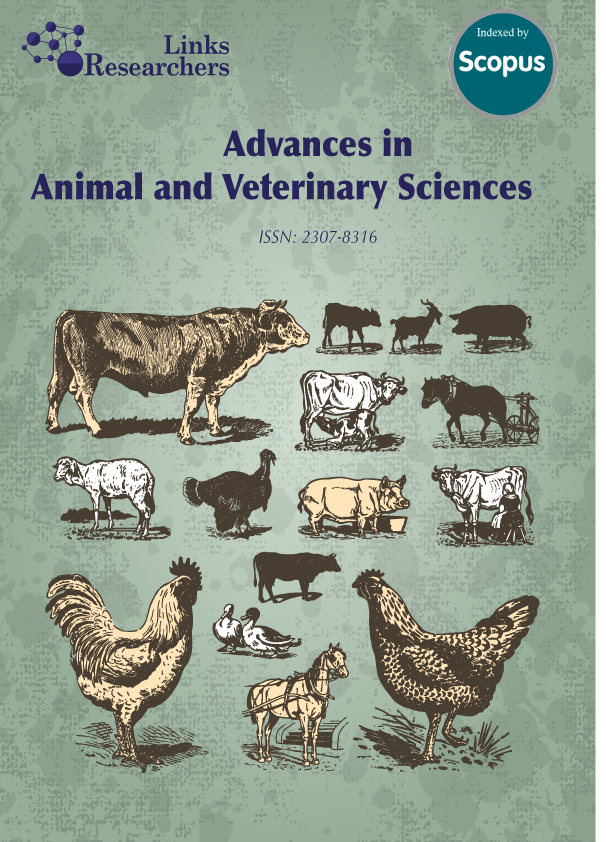A Comparative Histophathological and Biochemical Study Between Crude Methanolic and Watery Extracts of Eggplant for Treating Hepatotoxicity in Albino Rats
A Comparative Histophathological and Biochemical Study Between Crude Methanolic and Watery Extracts of Eggplant for Treating Hepatotoxicity in Albino Rats
Hanadi J. Al-Zubaidi1*, Shatha Mousa Mlaghee Al-Safi2, Asseel Abdulateef Abdulzahra1, Saadia Saleh Mehdyal-Zeiny2, Nadia K. J. Al-Dawah2, Zainab Abbas Al-Asadi3
ABSTRACT
To share on other social networks, click on any share button. What are these?






